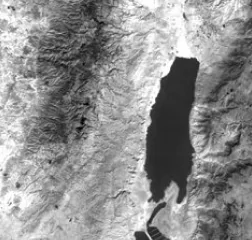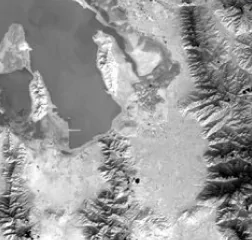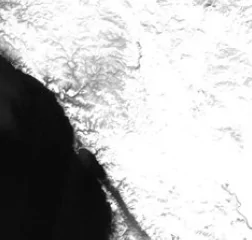Thermal Infrared 2 Band Combination (TIRS2)
Wavelength (micrometers): 11.50 – 12.51
Thermal infrared 2 can give an important measurement of the temperature and energy fluxes which are crucial for the understanding of landscape process. The application of the thermal infrared 2 includes the observation of land surface temperature and emissivity, soil moisture, and evapotranspiration. Because of its ability to replicate the energy fluxes and all surface-atmosphere interactions between the atmosphere and the surface on the global and regional scale, it enables us to help the accurate modeling of the energy flux that is between the atmosphere and the surface and other land process applications like agronomy, hydrology, ecology, climatology, etc.
TIRS2 Advantages And Challenges
This band is useful for detection of anomalies in both day and night, especially where there are no solar activities to detect otherwise unresolvable scenes. This is because the band is utterly unaffected to light change allowing a consistent observation throughout the darkness. It is also not affected by physical obscurants such as smoke dust foliage or fog making it very effective when viewing forest fires. It even can reveal objects underneath other surface materials like what is beneath the cloths since they affect the temperate of a material surface.
On the root of different approximations and assumptions, numerous methods have been used using this band to provide the surface temperature. However, there is no an ideal method for retrieving them from space where all the processes are statistical assumptions and constrain solving the undetermined problem, and they are not always workable. It is therefore not the best but there will be improvements as fine spatial, multi-temporal and hyperspectral thermal infrared data can give a convenient solution to this.
Unfortunately, because of the larger calibration estimate that is associated with thermal infrared 2, it’s advised that users should stop relying on its data in the quantitative analysis, like the use of the split window method for atmospheric correction and surface temperatures retrieval.


